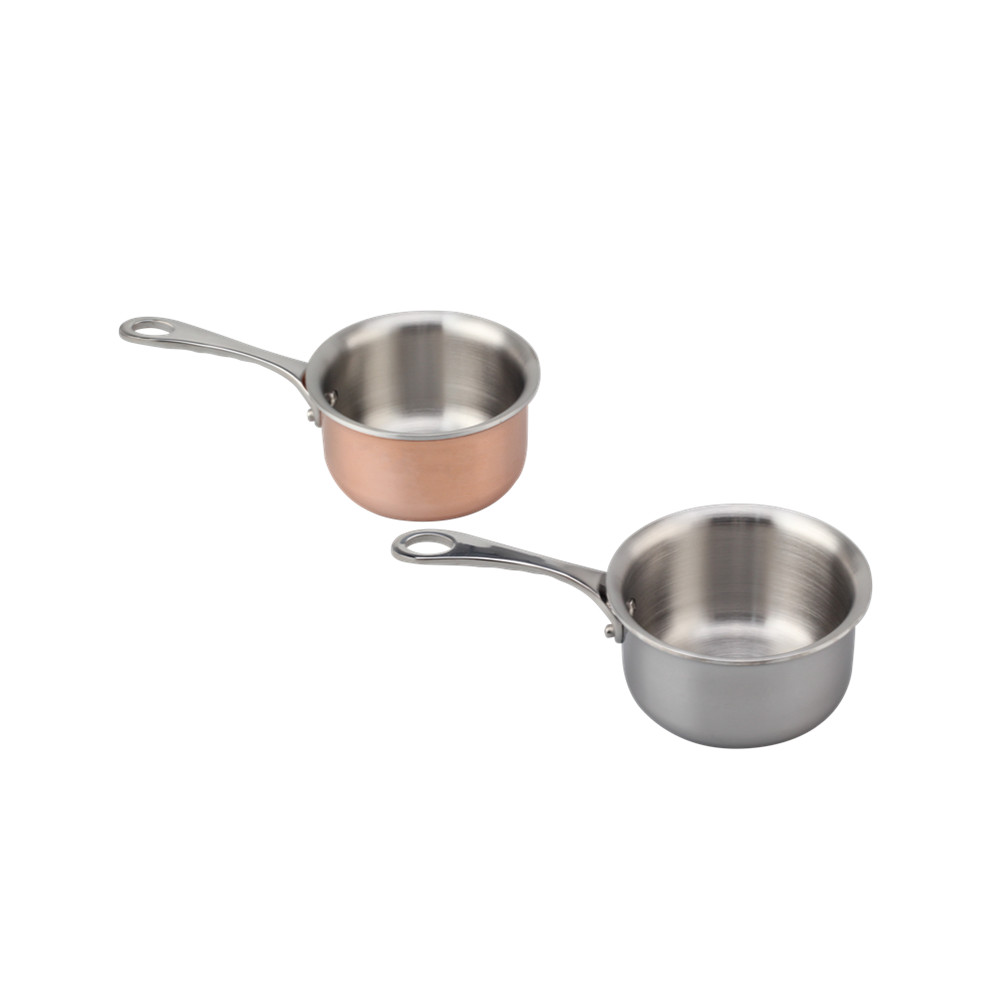In fact, after Jiangsu's per capita GDP reached 7,700 US dollars, Jiangsu policy makers clearly saw its own limitations. That is to say, Jiangsu is a typical province with resources and markets at the two ends. While experiencing rapid development, it also feels that the supporting capacity of resources and the carrying capacity of the environment are facing severe challenges. If we do not make efforts to adjust development methods, we will make a sustainable development. It is empty talk. Although Jiangsu does not belong to the low-carbon pilot determined by the National Development and Reform Commission, its willingness to spontaneously test low-carbon is very strong. Moreover, a clear road map has been established on how to implement a low-carbon economy. That is, the development of new industries, the increase in the proportion of service industries and the upgrading of traditional industries. All signs show that "structural adjustment" is its core word. At the operational level, Jiangsu will continue to use the "pilot" model to advance, and has begun to lay out. Low-carbon pilot to adjust the structure Reporter: On August 10, 2010, the National Development and Reform Commission formally released a list of low-carbon pilots in five provinces and eight cities. Jiangsu Province is not on this list. Why does Jiangsu spontaneously try low-carbon pilots? Mao Weiming: Although we are not in the country's low-carbon pilot, we find pressure and practice ourselves. Because we have the inherent power to develop a low-carbon economy. After continuous development, Jiangsu Province has accumulated a solid material foundation. GDP has reached 4.09 trillion yuan, total fiscal revenue is 1.17 trillion yuan, and per capita GDP is 7,700 US dollars. However, we are also very aware of our own limitations. How to implement the sustainable development strategy? Although carried out for many years, the actual results are not very optimistic. At this node, I feel that low-carbon is a very good idea, and it is also a good way to promote economic restructuring and achieve sustainable development, and ultimately to build a resource-conserving, environment-friendly, climate-adapted society. aims. Low-carbon is not only a concept, but it needs to be concrete, project-oriented and index-oriented in order to make a difference. During the “11th Five-Year Plan†period, our province has achieved great results in energy conservation and emission reduction. For example, we are actively responding to the nation’s advocates of “big pressure on small†actions in the power industry. The state issued a Jiangsu indicator of 3.6 million kilowatts, while Jiangsu Province spontaneously increased its tasks and completed 7.6 million kilowatts, accounting for 11% of the national total. Reporter: At the macro level, how does Jiangsu plan to adjust its economic structure? What level of adjustment? Mao Weiming: During the “Eleventh Five-Year Plan†period, the proportion of our industrial structure is 6.2:53.2:40.6. We hope to achieve 4:48:48 by 2015 to realize the economic development pattern based on the service industry, and pass for several years. Efforts will be made to realize a modern industrial system based on high-tech, led by advanced manufacturing industries, service economy, and modern agriculture. This process, I think, is also a transition from a high-carbon economy to a low-carbon economy. In the adjustment of industrial structure, we are mainly concerned with the implementation of the “three major plansâ€, namely, the doubling plan for new industries, the speed-up plan for service industries, and the upgrade plan for traditional industries. First, we have established six major emerging strategic industries: new energy, new materials, biotechnology and new medicine, energy conservation and environmental protection, software and service outsourcing, the Internet of Things and a new generation of information technology, and formulated development plans and measures. Last year, six The large emerging strategic industry has already achieved sales revenue of RMB 2 trillion, accounting for 23% of the total industrial economy, and accounts for 11% of GDP growth. We plan to reach RMB 5 trillion by 2015, which accounts for 30% of the total industrial economy. The proportion of GDP has risen to about 20%, and it has really played the role of a pillar industry and a leading industry. Secondly, during the “11th Five-Year Plan†period, although the service industry in Jiangsu exceeded 40%, it is still at a relatively low level compared with the eastern provinces and cities. Therefore, we have established a speed increase plan of more than one percentage point per year during the “Twelfth Five-Year Plan†period. It reaches 48%. The service industry in Jiangsu not only needs to increase its proportion, but also its level and its contribution. We will fully implement the requirements set forth in the national "Twelfth Five-Year Plan" for production, life, etc., do a good job of gathering service industries, improve the consumer environment, create new consumer business, and so on. Create in a limited space. More benefits. Third, to implement the upgrading plan for traditional industries, we must focus on improving the levels and levels of the leading industries and traditional manufacturing industries whose contribution rates are still high, such as steel, petrochemicals, light industry, building materials, and textiles, through deep integration of industrialization and informatization. Through technological transformation and technological innovation, we have lengthened the industrial chain and improved our competitiveness. Optional pilot first Reporter: We have seen that Jiangsu Province has determined that 24 units are the first batch of pilot units for low-carbon economy in the province, including four cities, 10 industrial parks, and 10 companies, based on the pilots in Wujin High-tech Zone in Changzhou. How are the pilots within? Mao Weiming: An important feature of Jiangsu is that the three regions of southern Jiangsu, Central Jiangsu, and northern Jiangsu are at different stages of development. Their regional characteristics are very obvious. Therefore, when we selected the pilot project, we fully considered the diversity of the region, and we also considered the full integration of the city, the industrial park, and the enterprise. First, at the city level, we chose Wuxi, a city in southern Jiangsu, and Huai'an, two prefecture-level cities in northern Jiangsu, as well as four cities in Fuyang, under the jurisdiction of Changzhou in southern Jiangsu, and Rugao, under the control of Nantong City in Central Jiangsu. Secondly, in terms of industrial parks, we have selected some national and provincial high-tech development zones, economic development zones, and some characteristic industrial bases. The construction of development zones is a bright spot in Jiangsu. There are 136 national and provincial levels. They are important channels for Jiangsu to make full use of both international and domestic resources and two markets. Pilot the entire regional economy to achieve low-carbon development. Outside the city and the park, we chose ten companies. These enterprises include some high-carbon companies such as metallurgy, chemical industry, brewing, ceramics and other industries, as well as some new energy and new materials companies. Reporter: What are the requirements for the above-mentioned 24 pilot units? Are there any indicator systems including carbon intensity reduction targets? Mao Weiming: In general, we refer to the National Development and Reform Commission's guidance method for piloting five provinces and eight cities, and require each pilot unit to compile a five-year low-carbon development plan so as to achieve more carbon reduction goals. Like the pilot cities of Wuxi City, their preparations were done earlier. In 2010, they proposed in the plan that by 2015, the city’s unit GDP energy consumption and carbon dioxide emissions will decrease by 20% on a 2010 basis. Another example is the largest Private steel enterprises, Shagang Group proposed to reduce carbon dioxide emissions by 2.5 million tons during the “12th Five-Year Plan†period. However, on the whole, no matter in the country or provinces and regions, the data collection of indicators, the measurement of indicators, the testing and evaluation, and the system of supervision and management are still being explored. Therefore, at present, we are establishing an index system, target system, and assessment system that include carbon intensity reduction targets to better guide and manage these pilot units. Develop six emerging industries Reporter: In the “12th Five-Year Plan†for energy conservation and environmental protection, the state proposed to increase the proportion of non-fossil energy from 8% to 11.4%. What is the plan for Jiangsu Province to adjust its energy structure? Mao Weiming: Jiangsu will continue to make efforts to optimize its energy structure. On the one hand, because there is no support for hydropower, nuclear power and wind power are still in the process of development. Therefore, the state of dependence on fossil fuels is difficult to change in the short term, taking into account that coal emissions are much higher than the carbon and natural gas emissions. Therefore, it is first necessary to optimize within the fossil energy, reduce the use of coal, and increase the proportion of oil and natural gas. At present, the share of oil and natural gas in total energy consumption is 3.9%. We plan to increase this ratio to 7% by 2015. On the other hand, we will also increase the proportion of clean energy, and the proportion of clean energy in primary energy consumption will approach 12% during the “11th Five-Year Plan†(including the input of other provinces), and will be vigorous during the “12th Five-Year Plan†period. It will expand its development space and actively construct nuclear power, wind power and biomass energy. This proportion is expected to reach 20% by the end of the “Twelfth Five-Year Plan†period. Reporter: During the "Twelfth Five-Year Plan" period, what are the plans for Jiangsu's new energy industry? Mao Weiming: In terms of developing clean energy and renewable energy, Jiangsu has started early, invested a lot, and developed rapidly. It is in a leading position in the national wind power and photovoltaic industry, and has formed a large industrial planning and a complete industrial chain. By the end of 2010, the province's non-coal power generation installed capacity reached 7.77 million kilowatts, accounting for 12% of the province's installed capacity, including 2 million nuclear power, 3.66 million kilowatts of natural gas, 1.5 million kilowatts of wind power, and 90,000 kilowatts of photovoltaic power generation. We strive to build a nuclear power generating unit of 4 million kilowatts, a wind power installation of 6 million kilowatts, and a photovoltaic grid-connected power generation capacity of 500 megawatts by 2015. Reporter: We have seen that in Jiangsu's energy adjustment structure strategy, wind power and solar energy have proposed nearly 4 times and nearly 6 times growth plans. Will there be some corresponding supporting policies? Mao Weiming: Nuclear power, wind energy, and biomass energy, the country has a clear support policy. In the field of solar energy, we are actively calling for the nation to launch a comprehensive policy on the promotion and application of solar energy as soon as possible on the pilot basis. At the same time, we have also formulated some local policies, such as actively supporting the country’s rooftop plan and Golden Sun project, and supporting solar energy Internet pilot projects. The project, the establishment of benchmarking prices, received good results. During the “Eleventh Five-Year Plan†period, we have come up with a total of more than 800 million subsidies for these companies to go online. During the "12th Five-Year Plan" period, we will continue the "Eleventh Five-Year" active support policy and continue to expand investment.
For the mini Cookware, it is whole metal design, heavy duty and good quality.
4 items for you to choose, and the outside of the mini cookware can be silver or copper color.
Our factory is profession on the production of cookware.
Any special requirement of the Cookware Set, please feel free to contact us.
Mini Cookware, mini saucepan, mini cooking pot, tri-ply mini cookware, mini cookware with lid Jiangmen Wellway Houseware Co.,Ltd , https://www.wellway-hk.com

